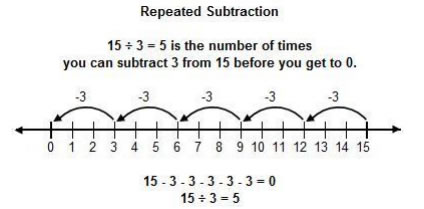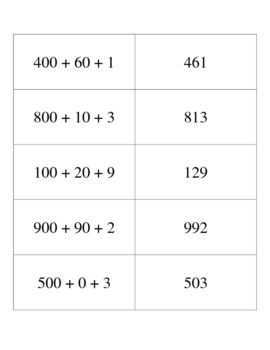To start understanding a factor tree, you must first learn the official definition of one. A factor tree, as defined by factortree.com, is a diagram used to break down a number by dividing it by its factors until all the numbers left are prime. Factor trees are most commonly used in elementary math to find out the Greatest Common Factor (GCF) between two numbers.
Once you understand the definition, it you now need to learn how to construct one. Below is a video showing how to factor tree the number 72:
You can also visit coolmath.com to get a visual representation of how to make factor trees, if you prefer reading.
I was quite amazed upon my researching of factor trees to find factor rainbows. I think that by showing my future students factor trees or factor rainbows will give them a sense of control because they can chose for themselves which method they like.
I have also found a couple of great Websites that have factor tree games for students to practice prime factoring numbers:
I believe it is extremely important for us as not only teachers, but parents of children to know and understand what our children are doing in math class. The Internet, and your child's teachers are full of information, games, videos, songs, etc... to help us, help our children. When our children, I know my step-son for sure, see that we understand what they are doing and can do it too, it makes them more confident and hungry to learn more.








